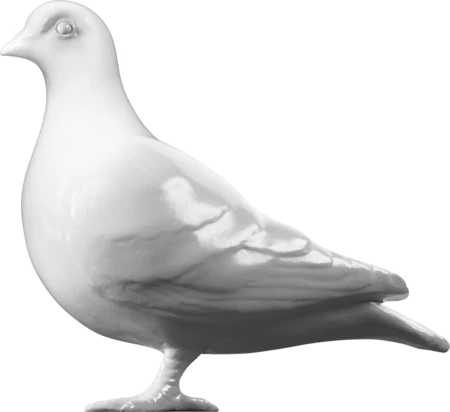Printed Ephemera — 1827-09-17
The Trial and Execution of Mary Wittinback, For Poisoning her Husband, Who suffered this Morning opposite the Debtor's Door in the Old Bailey
Execution broadside printed with an account of the trial and execution of Mary Wittinback of 26 Brill Place, Kentish Town who was convicted of murdering her husband by 'administering arsenic' in a pudding. The broadside includes a generic woodcut engraving of the gallows and the crowd witnessing the public execution. Printed with witness accounts heard at the trial the broadside also notes that although Mary ate the pudding she recovered and, after execution, her body was cut down and given to the surgeons for dissection. Another account of this crime was published by Thomas Birt.
Until 1868 public hangings were a popular form of entertainment for the London crowd. Such occasions provided an opportunity for cheap printers and street vendors to 'turn a penny on the street' by selling accounts of the crimes, trial and 'dying speeches' of executed criminals as souvenirs to the baying spectactors. As soon as the trap fell the street vendors began running amongst the crowd selling the broadsides. Execution broadsides were published by a small number of printers many of whom, such as Thomas Birt, James Catnach and James Pitts were based around the Seven Dials area of London. Spelling and grammar was often poor and the details not always accurate. Although ususally printed between the end of the trial and the date of the execution (usually a gap of a few weeks) they could be quickly changed to accomodate last minute information such as reprieves and dying confessions. The printers often used battered woodcuts, and, for the gallows scene used a stock block with a pierced central section to allow the sex and required number of hanging figures to be changed as required. Female criminals were depicted by using a block for a male figure, cut square at the knee to represent a skirt.
- Category:
- Printed Ephemera
- Object ID:
- A2127
- Object name:
- The Trial and Execution of Mary Wittinback, For Poisoning her Husband, Who suffered this Morning opposite the Debtor's Door in the Old Bailey
- Object type:
- Artist/Maker:
- Pigott, Charles
- Related people:
- Related events:
- Related places:
- Production date:
- 1827-09-17
- Material:
paper
- Measurements/duration:
- H 373 mm, L 2155 mm
- Part of:
- —
- On display:
- —
- Record quality:
- 100%
- Part of this object:
- —
- Owner Status & Credit:
Permanent collection
- Copyright holder:
digital image © London Museum
- Image credit:
- —
- Creative commons usage:
- —
- License this image:
To license this image for commercial use, please contact the London Museum Picture Library.

